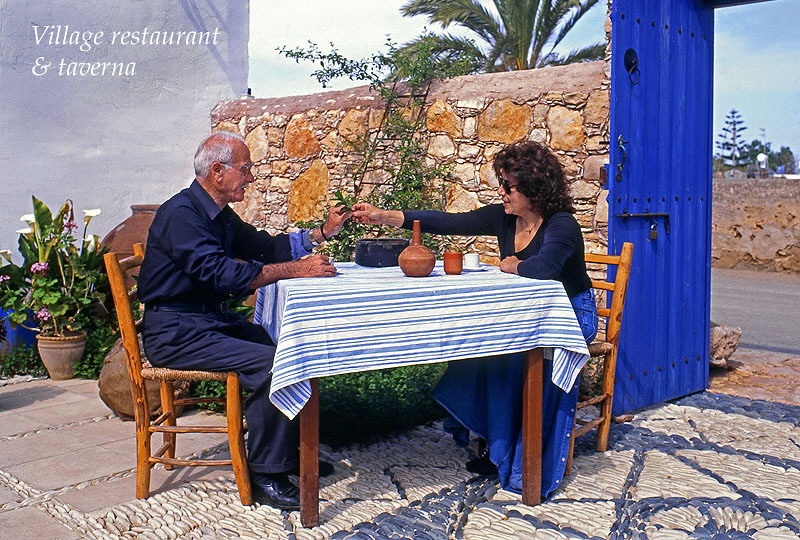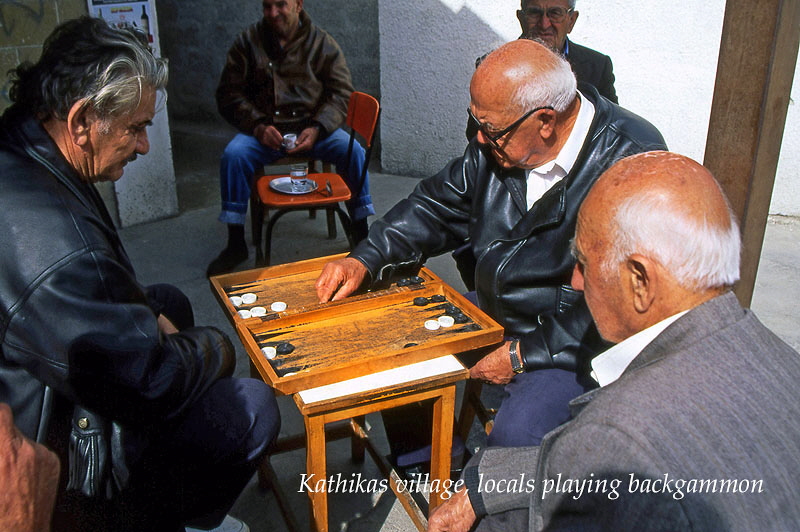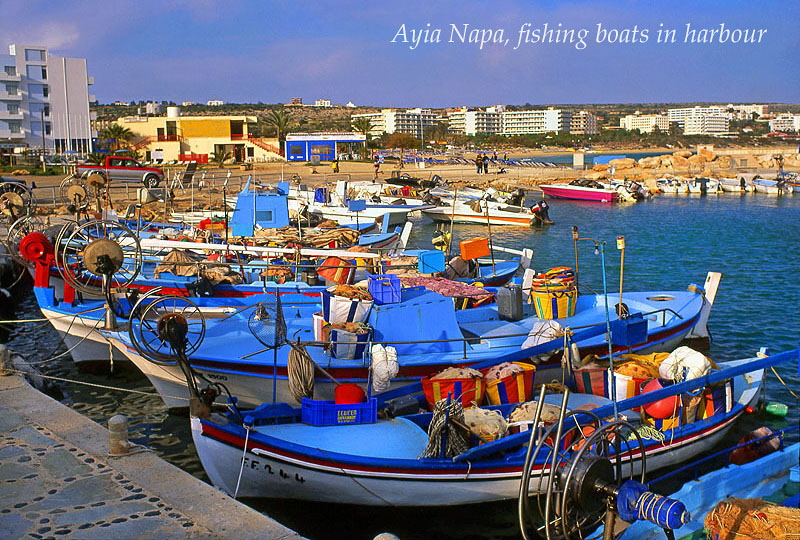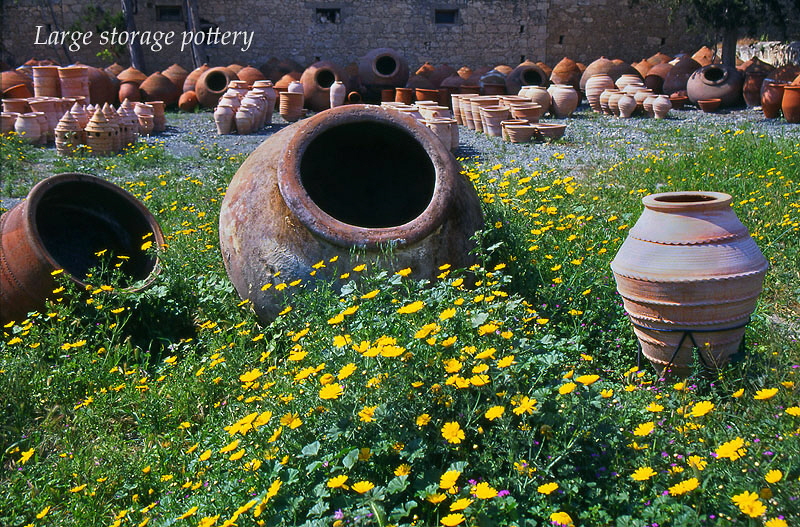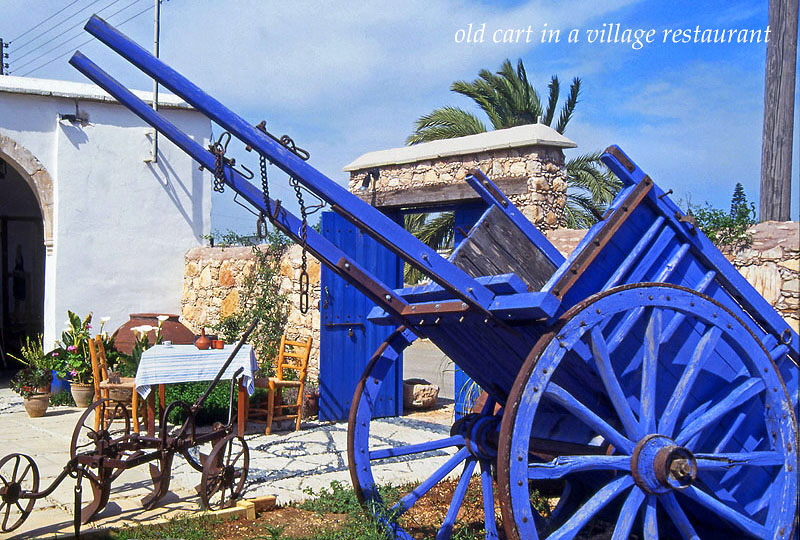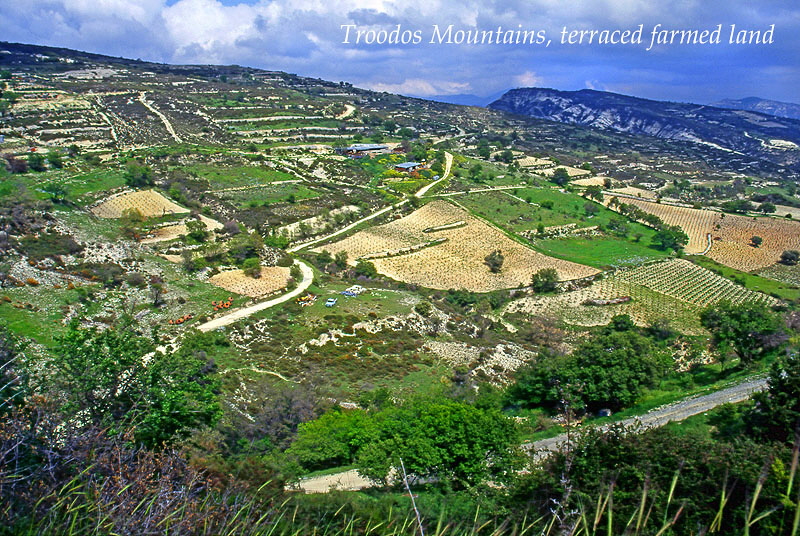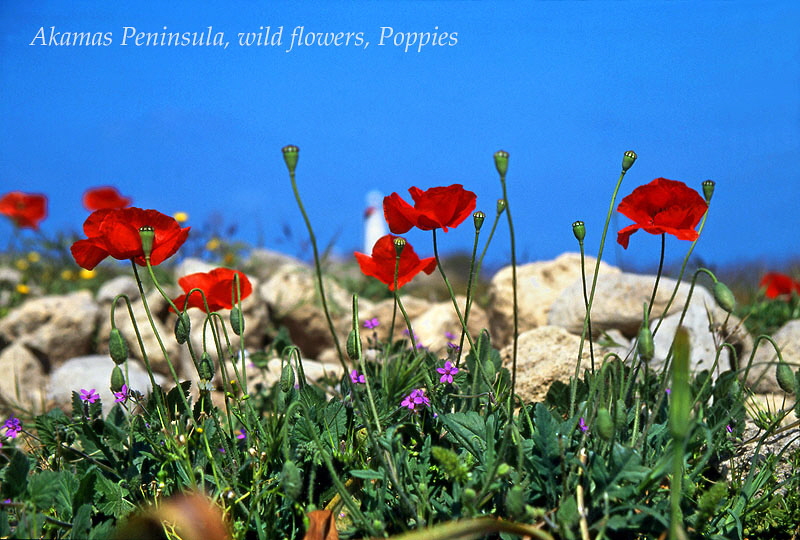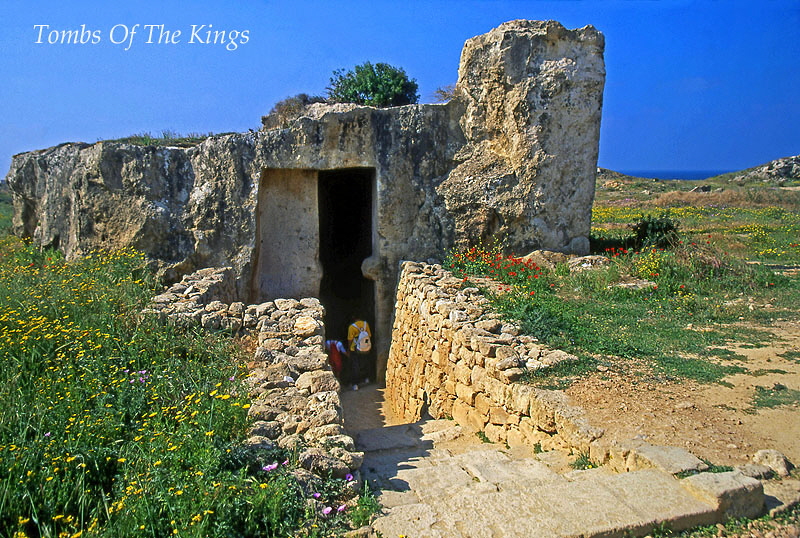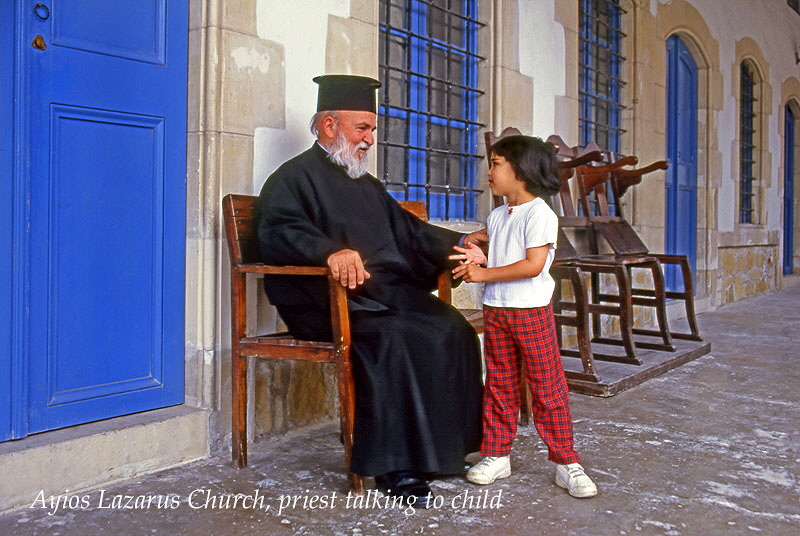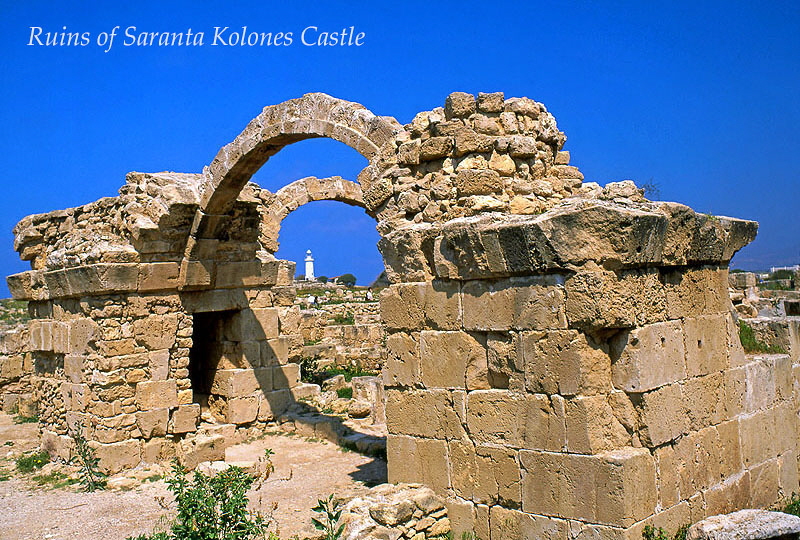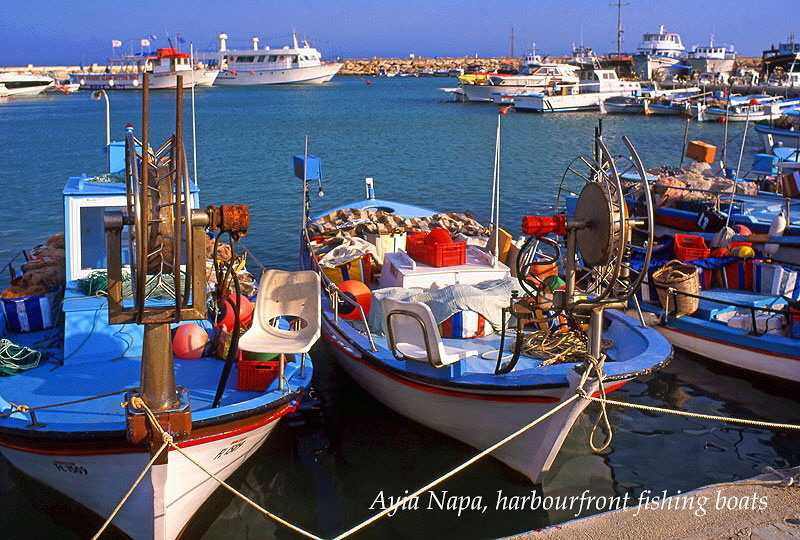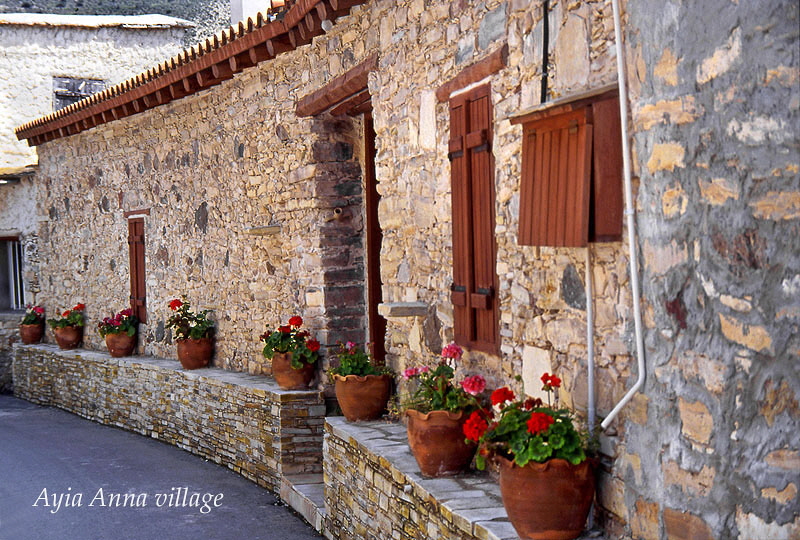
Ask anyone who’s been there, and they’ll always have some pleasant memories to share with you. Going back even half a century, Cyprus was a top holiday destination for the British. So what does the island have a hold on the holidaymaker?
The obvious has to be the climate, beaches and location. It is blessed with year-round sunshine and relatively mild winters. The golden sandy beaches no doubt also draws in the crowds. Then there’s the gastronomy - intimate tavernas serving freshly caught seafood washed down with ice-cold beer, or at a seafront restaurant, leisurely sipping a chilled white wine while enjoying the sunset. All sounds good for a two week summer holiday.
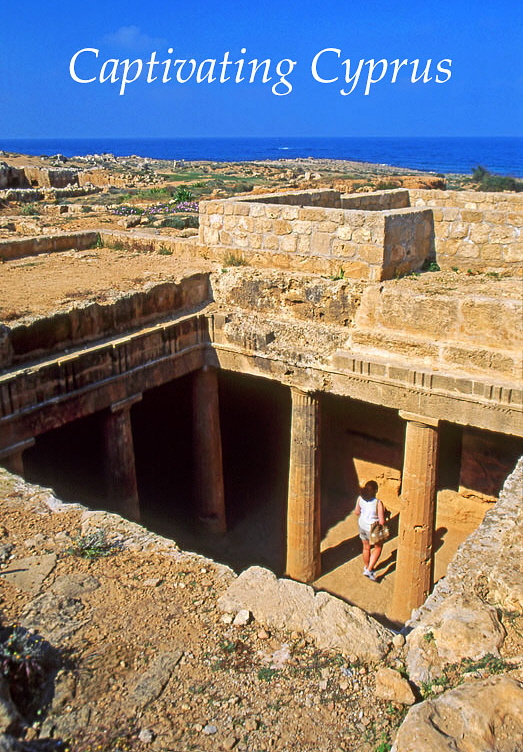
Britons favourite holiday island
King’s Tombs
Although the sun sea and sand do satiate, there’s so much more to be enjoyed, which has made Cyprus a repeat destination for many travellers. It comes in the form of dramatic countryside scenery, nature, and spectacular archaeological sites that make it one of the finest island nations to explore. So my experience in Cyprus was to focus on sightseeing and not the beach life.
Ayia Napa coast
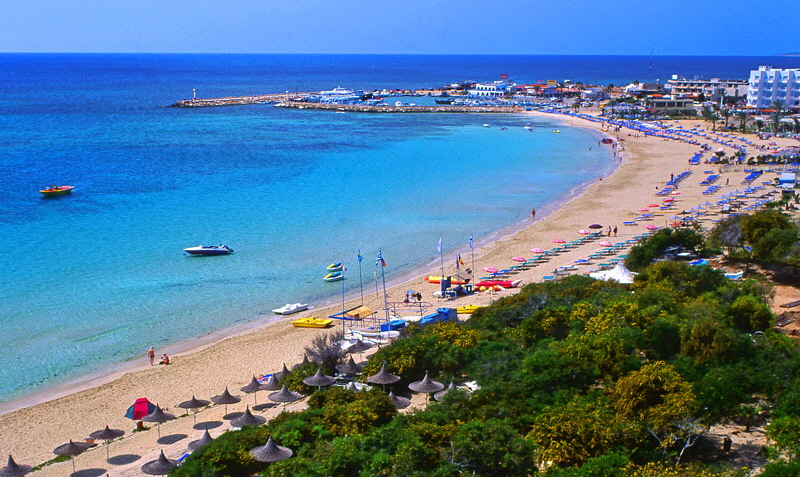
Nearer to Asia, closer to Europe
Located in the south-east part of the Mediterranean, geographically the island is nearer to Asia and the Middle East than Europe. In fact, the United Nations refer to its location as being in Asia. Although historically it has its links with Greece, the island maintains very much its own identity and culture. The currency is the Euro, and the official language is Greek. It is also the third largest island in the Med (after Sicily and Sardinia).
Larnaca
Akamas Peninsula
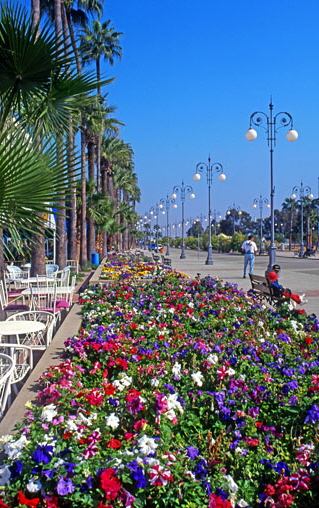
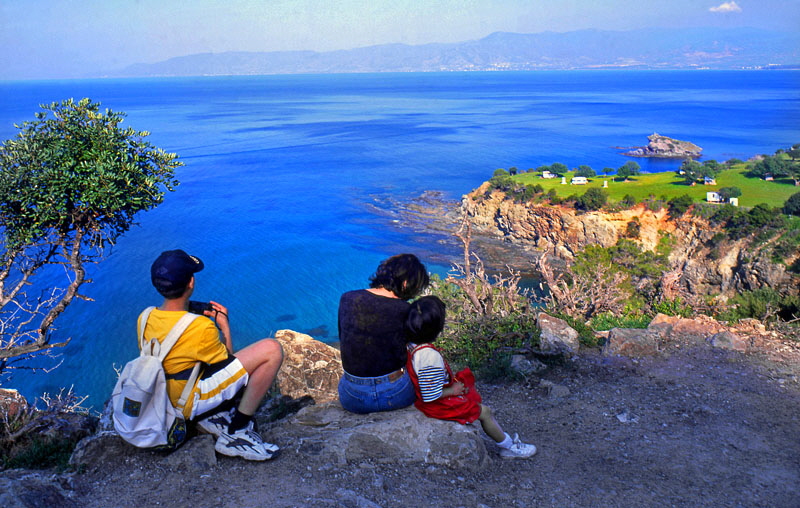
On my two two-week trips, I based the first stay in Larnaca and the second in Paphos. One week soaking up the sunshine, taking a daily dip in the sea, and the second week experiencing the best part Cyprus has to offer - sightseeing. The laid-back atmosphere is best experienced in late spring, late summer, and even into winter. Car hire is vital if you’re eager to see the beauty of this island. Some remote areas may be difficult to access because of narrow gravel roads, hence joining a jeep tour may suffice.
Car hire is essential to see the island’s beauty
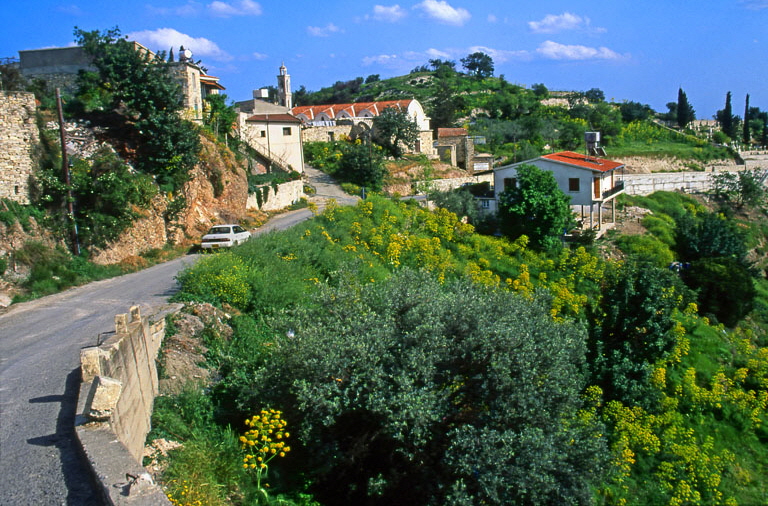
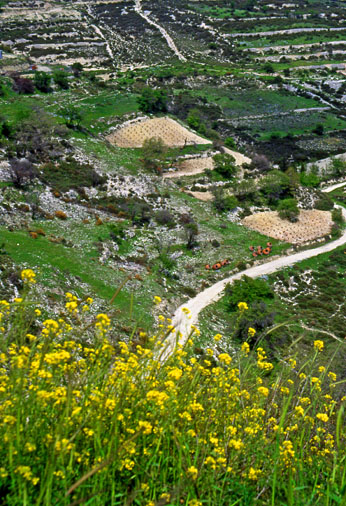
Walking among the history that’s on full view
The island is packed with things to see. Whichever resort you decide to stay at, you’re never too far away from the island’s historic and archaeological wonders. Like many islands in the Mediterranean, Cyprus has had its share of invasions and occupations - Greek, Ottoman and Roman have all left their legacy. And throughout the island, there are numerous carefully maintained ancient sites demanding your attention. From archaeological digs to castles, and museums to remarkable ancient mosaics, there’s plenty on view.
Rather than joining a hectic tour to cover as many possible sights in a day, I preferred to blend in with the equable atmosphere of the island’s lifestyle, by leisurely taking a day at a time, and visiting one site at a time. These are some of the places I enjoyed most, and would recommend you visit them independently instead on a guided tour.
House of Dionysos mosaic
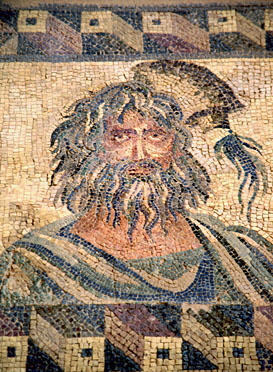
Delving into the Paphos Archaeological Park
Granted a UNESCO World Heritage Site status, this covers a vast area and has the most important archaeological finds in Cyprus. The park includes many monuments and ruins from 4BC through to the middle ages, and most are of the Roman period. Some of the art and mosaics in the ancient Roman Villas are marvellously preserved. Other monuments in the complex ruins are an odeon, agoras, asklepieion and much more. Excavations still continue today. To see it all, a full day should be allocated to your agenda. I have mentioned a few here that impressed me the most.
King’s Tombs
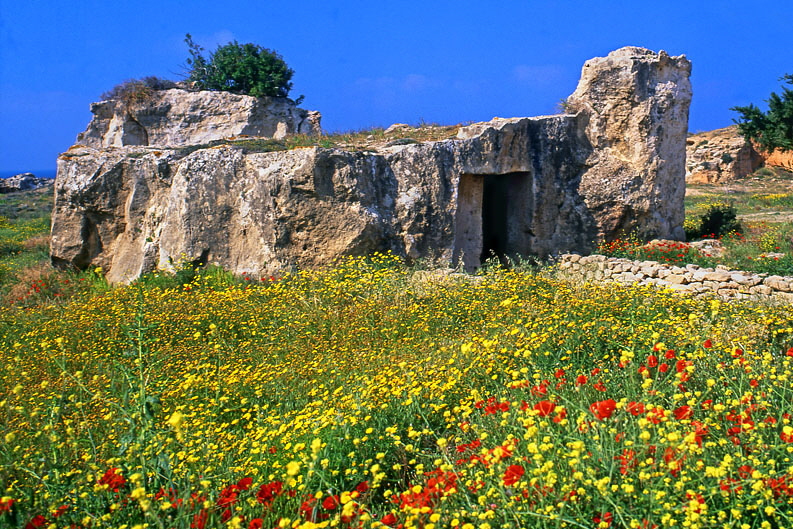
Tombs of the Kings, Paphos
It’s famous. It’s considered the best archaeological attraction in Cyprus. This grand underground necropolis complex has been cut out of solid granite. Built during the Hellenistic Period around 3BC, it was a burial place for distinguished and aristocratic members of society rather than kings. Descending into the main structure, supported by Doric pillars, you cannot help but be in awe at the ancient splendour. Carvings on the tombs and fragments of frescoes remain today. There are several smaller catacombs, as well as fallen ruins in the vicinity. The sea and blue sky with the main tomb make a dramatic view of the site.
The Odeon
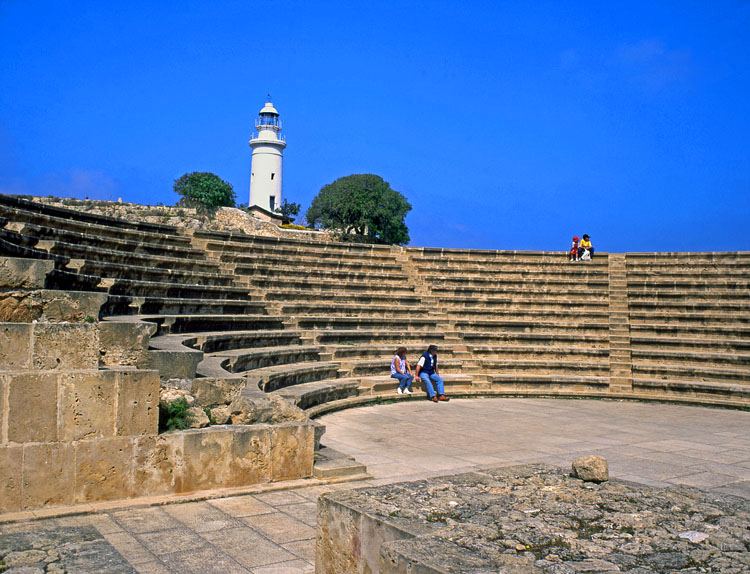
Saranta Kolones Castle
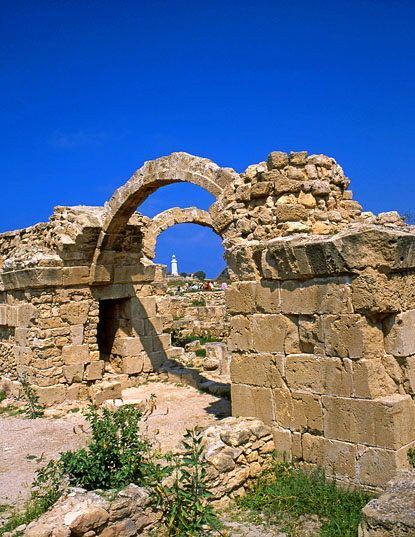
The Odeon
Constructed during the second century, it is a twelve row semi-circular structure carved out of limestone. Restored by the Department of Antiquities, many music and theatrical performances are staged here.
Ruins of Saranta Kolones Castle
Not far from the Odeon, are the ruins of the 7th century Kolones Castle (forty columns). The structure was built close to the sea as a fortress against invaders. Although much of it is in ruins, some impressive thick walls, a dry moat, granite columns, and arches remain today.
House of Aion and Dionysos
There are four Roman villas to explore, of which I visited two. Both have some exceptionally beautiful pieces of Roman art and superbly conserved mosaic floors. I wasn’t able to take time to observe at leisure, as it was crowded and the tourists were being egged to keep moving.
Mosaics at the House of Aion and Dionysos
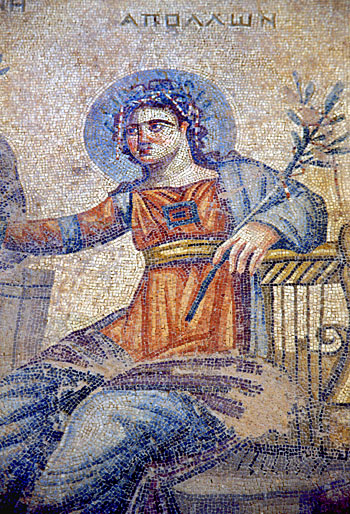
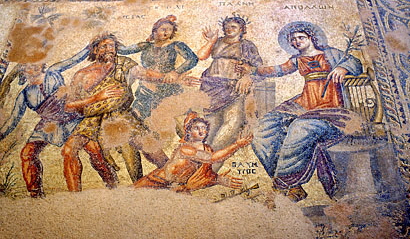
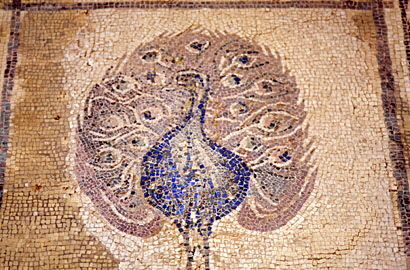
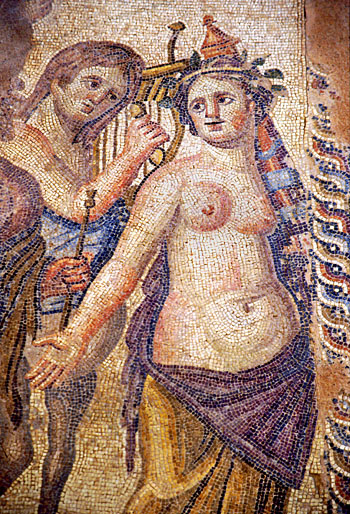
Not forgetting other historic sites
Kolossi Castle, Limassol area
This small mid-15th century medieval castle was built over an older 13th century fort and ruled by the Knights of Hospitaller. It is a square shaped three-storey keep, and you can climb to the top of the castle for a view of the surrounding area. Although there is not much to see in the interior, there are many well preserved ruins around the castle grounds
Kolossi Castle
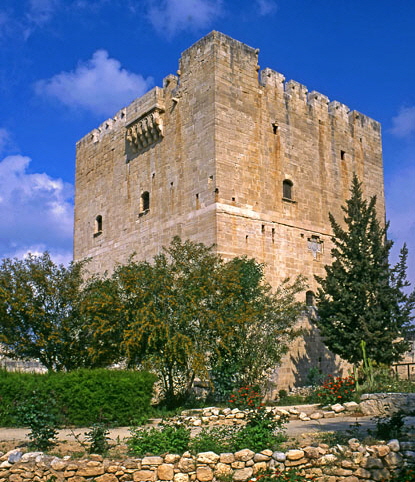
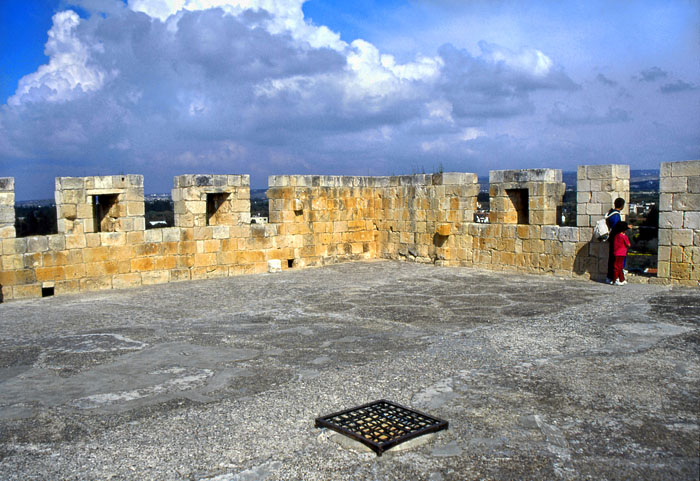
Roman Curium (Kourion), Limassol area
This is also one of the most impressive archaeological sites on the island. Located about 20km west of Limassol, do take time to explore and walk around the coastal area. The ancient ruins and well intact floor mosaics are complimented by the lovely surrounding scenery. The central feature is the Greco-Roman amphitheatre which goes back to 2BC. Even today, like the Odeon in Paphos, it is too being used for theatrical shows and cultural events.
Roman Curium
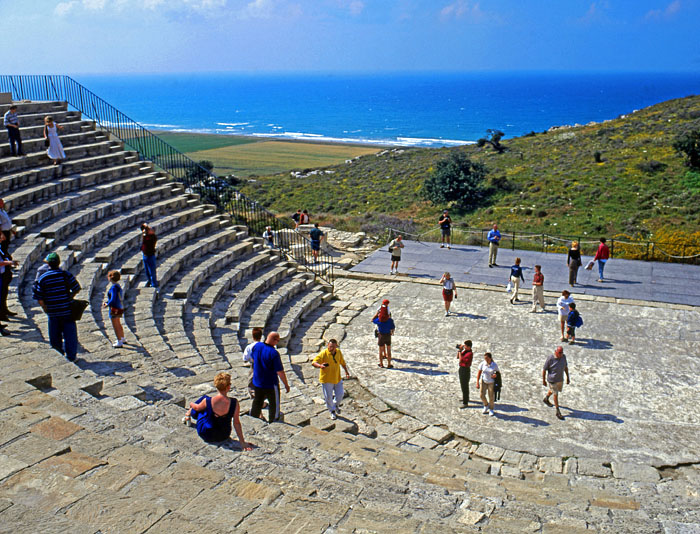
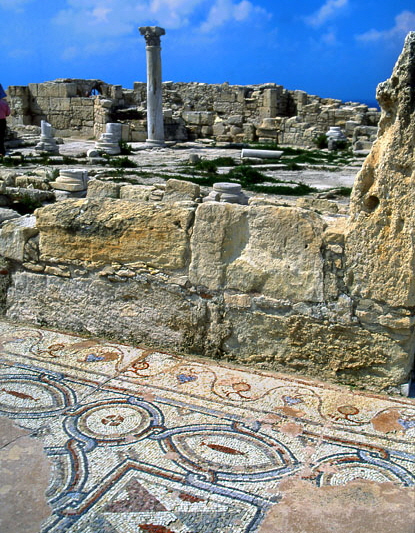
Many of the island’s churches are also historic sites
Ayios Lazaros Church, Larnaca
This beautiful Byzantine style stone church was built in the 9th century and restored in the 17th. The building consists of three domes and a commanding tall belltower. It is believed and named after Lazarus who visited Cyprus after being resurrected by Jesus. Come on a Sunday morning during service and join in the friendly atmosphere, and have a taste of some of the goodies from the courtyard market stalls.
Angeloktisti Church, Larnaca area
Located around 12km south-west of Larnaca, this is another all-stone 11th century Byzantine church. Meaning ‘built by angels’ according to legend, the main structure is solid, although some restoration has been done. Inside are some rare mosaics, including that of Saint Lazarus. It is also a UNESCO protected site.
Ayios Lazaros Church
Angeloktisti Church
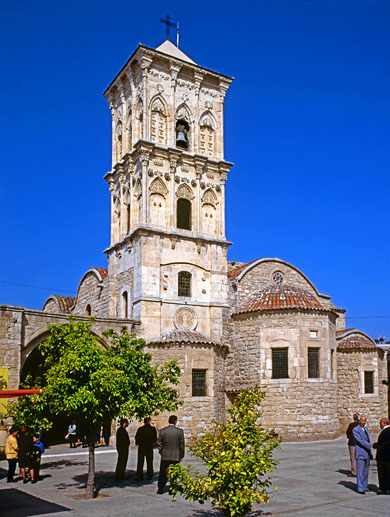
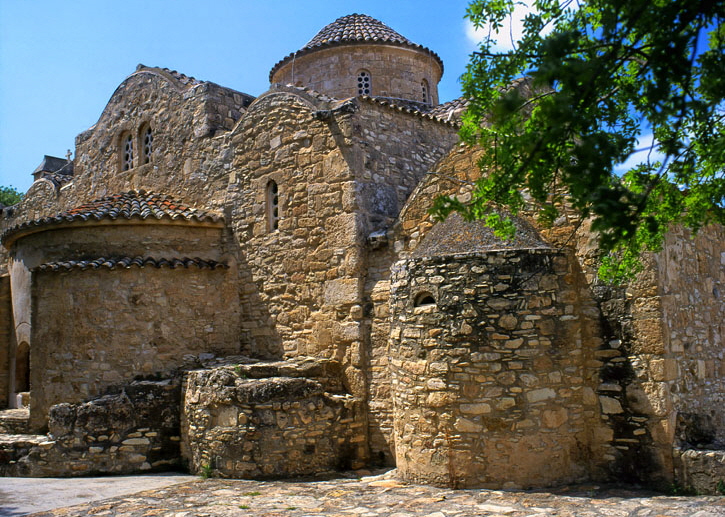
Chrysopilitissa Church ruins and St Paul’s Pillar, Paphos
One of the oldest buildings in Cyprus, and dates back to the 4th century. It is more an archaeological site than a place of worship. A column at the site named ‘St Paul’s Pillar’ as legend would have is where St Paul was bound to it and whipped for spreading Christianity. There are several carvings on pillars and floor mosaics worth seeing
Agia Paraskevi Church, Paphos area
Another Byzantine church is located in the village of Yeroskipou, close to Paphos. The main structure is 9th century, although the paintings and frescoes inside cover a period of several centuries.
Chrysopilitissa Church and St Paul’s Pillar
Agia Paraskevi Church
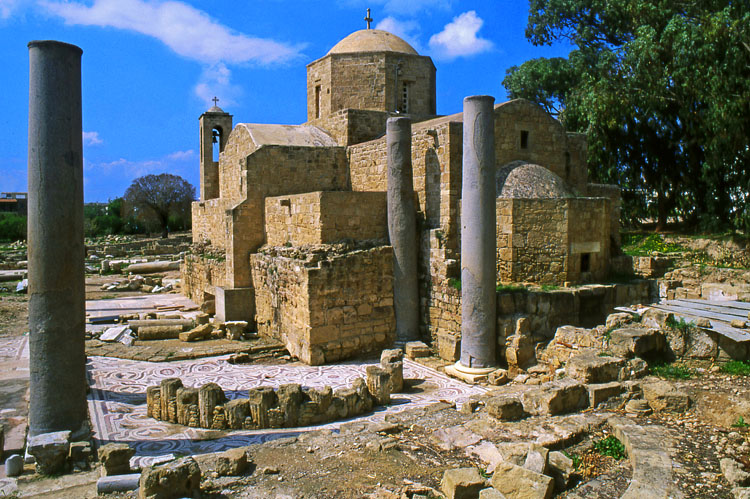
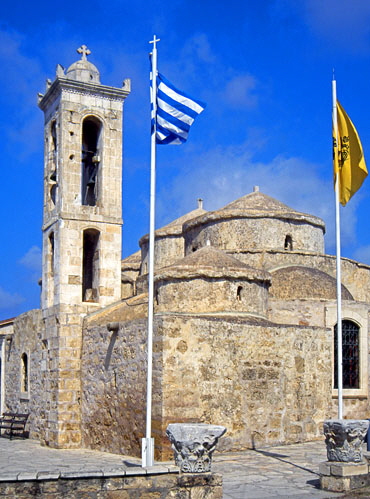
____________________________________________________________________________________________________________________________________________
Drive up to the Troodos Mountains and villages for eye-catching scenery
Take a respite from hot coastal temperatures, and cool down in the high verdant landscape of the Troodos mountains. The island’s topography is such that from your beach resort, in less than an hour you could be around 1500 metres high, passing and pausing by to admire the views. At the very top, at nearly 2000 metres, Mount Olympus, and nearby becomes a snowy winter resort for skiers.
The whole mountain range is strewn with charming little villages surrounded by cultivated terraced farmland, as well as scented pine woods. This is nature at its best. And for the visitor, it’s pure bliss, with numerous rambling routes and nature trails. Even if you’re not into hiking or long walks, just park safely, and enjoy the stunning scenery around, and make stops at the little villages for coffee or lunch. From visiting monasteries and little churches to wineries and cosy tavernas, there’s much to observe and enjoy.
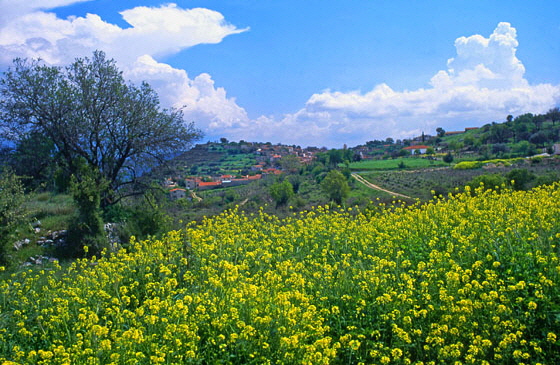
Kathikas is a cosy village you pass through when entering the Akamas National Park region. Its quaint streets with whitewashed houses with blue balconies and doors are a picturesque sight. Drop in at a local taverna for a drink and a bite, and observe the locals passing time playing backgammon. If lucky, you will also see sesame bread being baked in a traditional limestone oven.
Kathikas vilage, traditional limestone oven
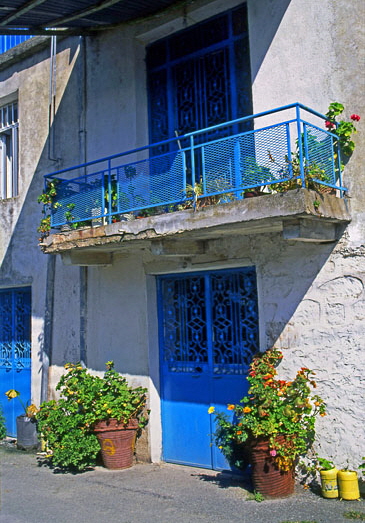
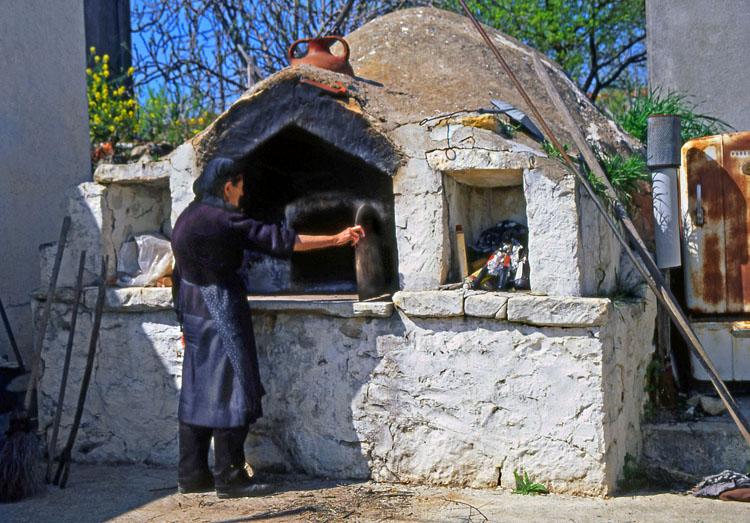
Lefkara is another mountain village, in the Larnaca region. Located at the foot of the Troodos Mountains, it’s a lovely little hamlet, that demands exploring on foot. It’s famous for its needlecraft and embroidery. Walking along the narrow winding streets and you’ll see many folks at work, and small shops selling lace ware. Veering off the main street, I came across a small picture-perfect courtyard, with a stone-built well.
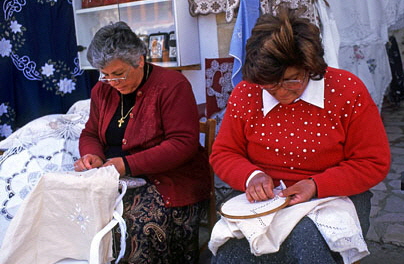
Lefkara village
Stone-built well, Lefkara village
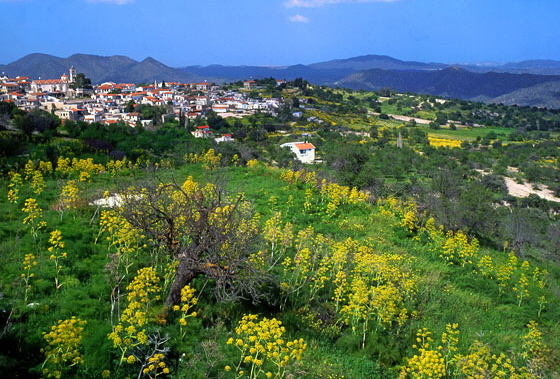

To see some of the old traditionally locally quarried stone-built houses, the small village of Agia (Ayia) Anna is the perfect place. The quiet village square is simply gorgeous, with old buildings, and house fronts decorated with rows of potted geraniums. Located just 10 miles west of Larnaca.
Agia Anna village
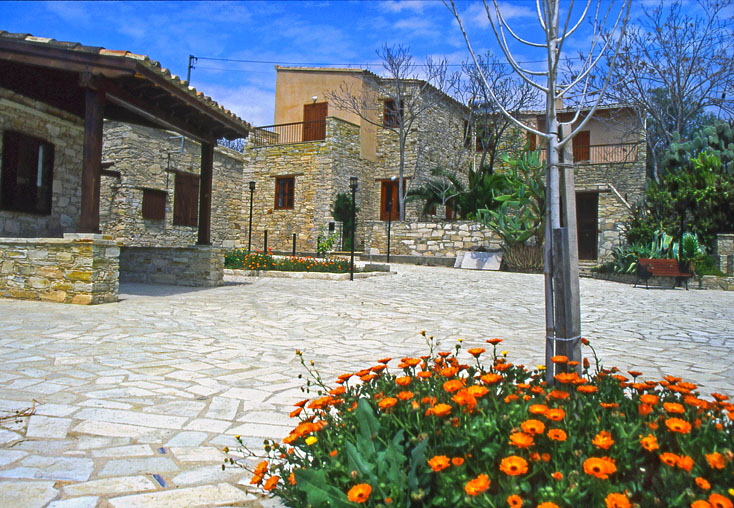
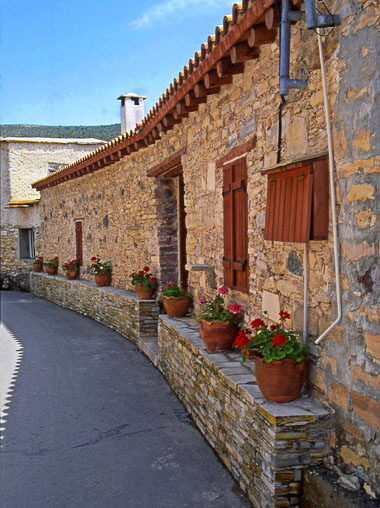
Agros Village in the Limassol region, at an altitude of over 1000 metres, is surrounded by forests and nearby terraced farmed land. Take time to meander among the fruit and vegetable plantations, then drop in at a cafe close to the stone-built church. It is also a place to buy local produce, like marmalade, smoked meats and homemade wine.
Agros Village
Agros Village, and terraced farmed land
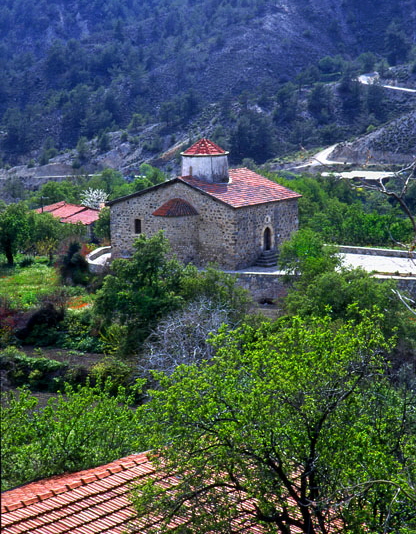

____________________________________________________________________________________________________________________________________________
How to appreciate the beauty of nature
Akamas Peninsula
On the west coast, north of Paphos, is a natural and unspoiled beauty spot. The Akamas National Park covers a large area, with small gorges, valleys, and streams as well as dramatic coastlines and bays. The abundance of flora especially in Spring and Summer, adds to the colourful landscape of the region. More than 100 varieties of birdlife including migratory species have been spotted. Here too are several nature trails, some of which have been prepared by the tourist board. However driving through the narrow paths is not recommended, and I opted for a guided walking tour.
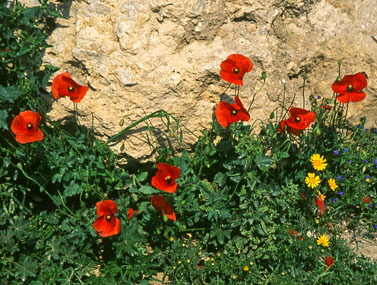
Akamas Peninsula



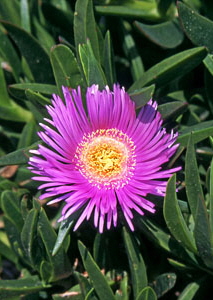
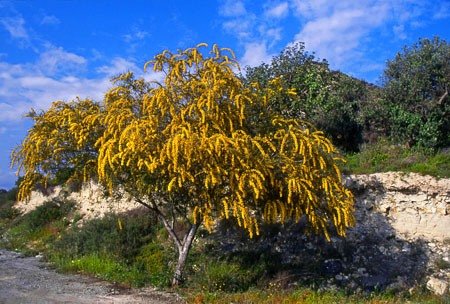
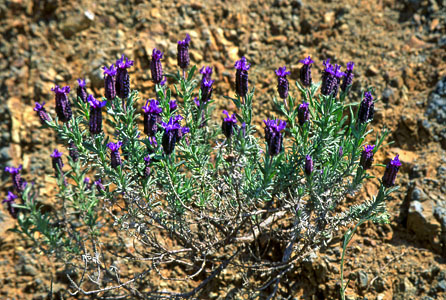
Akamas region wild flowers
Mimosa Tree blossom
Mirafora flowers
Petra Tou Romiou (Aphrodite’s birthplace)
Along a short drive from Paphos, a sign will direct you down to the coast. In ancient Greek mythology, the goddess of love Aphrodite was born out of the sea at this spot, and by the huge rock formations. Whatever mythological story is told, you cannot escape admiring the coastal scenery and the turquoise blue waters of this place. Stop and take a stroll along the pebble beach, and you’ll even spot an artist or two setting up their easel to paint the view.
Petra Tou Romiou
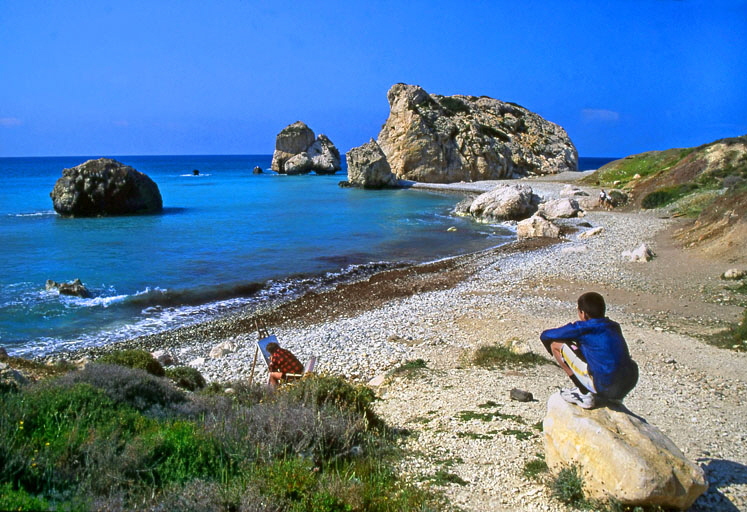
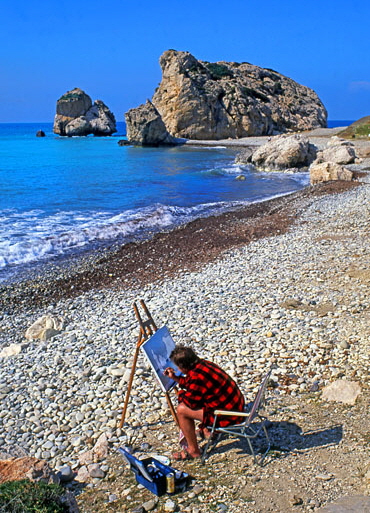
Ayia Napa National Park
Just 10-15 minutes southeast by car from busy Ayia Napa, the scenery dramatically changes. This is also an area that’s a natural haven, especially in spring and early summer, when carpets of flora are in full bloom. Wild and untamed, it’s an irresistible invitation for walkers and nature enthusiasts. Drive farthest to the eastern tip to Cape Greco for spectacular rugged coastal views, and nearby forest nature trails.
Ayia Napa National Park, coastal scenery
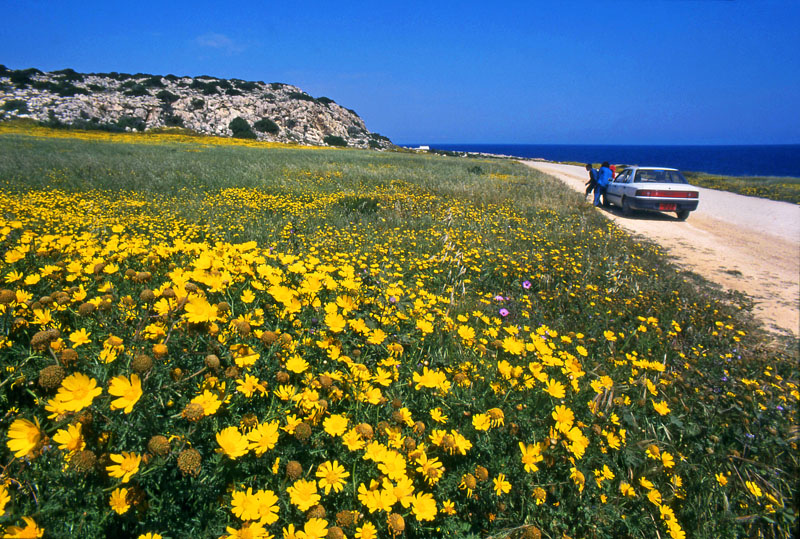
____________________________________________________________________________________________________________________________________________
Beaches and resorts, wining and dining
My visits to Cyprus were not to spend a couple of weeks laying on a beach. That does not mean I did not revel in some time lazing on a sunbed, a swim in the shallow seas, and soaking up some much needed sunshine. However, beaches in Cyprus are no different to any other in the Med. They are pretty, and the turquoise blue waters are definitely inviting for a dip and a tan. Some of the finest beaches I came across are in Ayia Napa. The ones I visited were the closest beaches to the town and harbour and were crowded even in early summer. Coral Bay north of Paphos is another golden sandy beach, which I found less populated.
Beach at Coral Bay
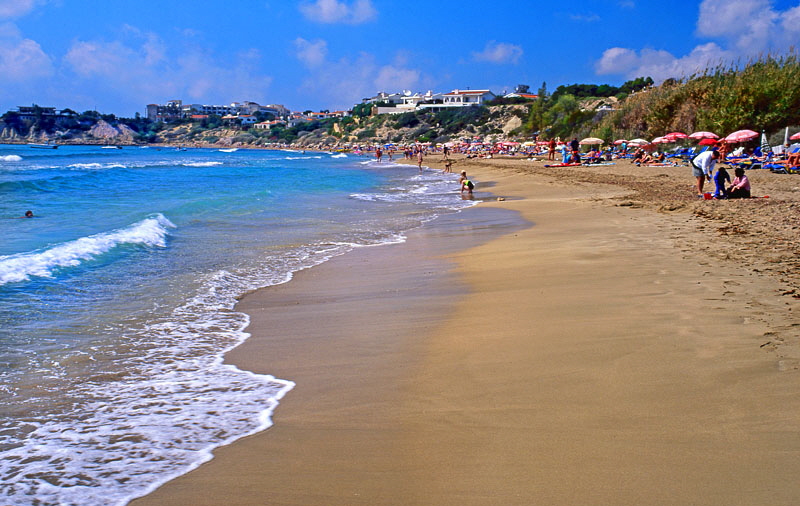
The advantage of staying at a seafront resort is the plethora of dining opportunities. While the most popular Greek specialities like mezze platters, souvlaki, and dolmas are plentiful, other Mediterranean cuisines and seafood are nothing short of delicious. Whether you stroll along the Paphos promenade towards the town, the Ayia Napa harbour with its colourful fishing boats, or the Limassol coast, you'll find they are teeming with restaurants, bars, and small eateries. And as the sun goes down, linger longer and enjoy a gorgeous sunset.
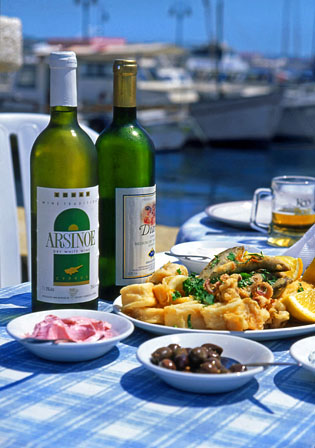
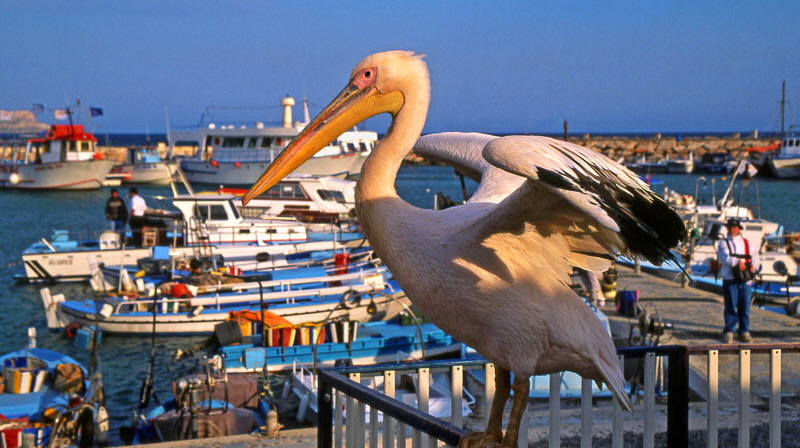
16 images here ©JAYTRAVELPHOTOS
© COPYRIGHT notice. The images on this site are for viewing only.
To purchase any, for personal or commercial use, please contact us at jaytravelphotos@aol.com
____________________________________________________________________________________________________________________________________________
